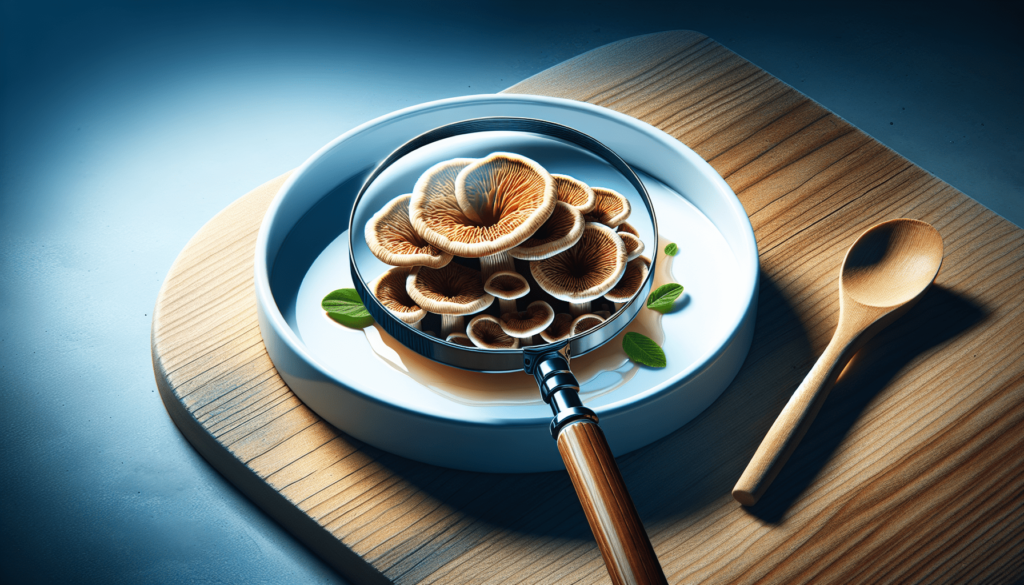Imagine you stumble upon a cluster of mushrooms during a stroll in the forest. Your mind begins to buzz with curiosity, but a voice of caution whispers in your ear: “Are these mushrooms safe to eat?” As nature’s mysterious delicacies, mushrooms can be both enticing and potentially harmful. In this article, we will explore the various methods and indicators that can help you determine the safety of mushrooms, ensuring your next culinary adventure in the wilderness is not only delicious but also risk-free.
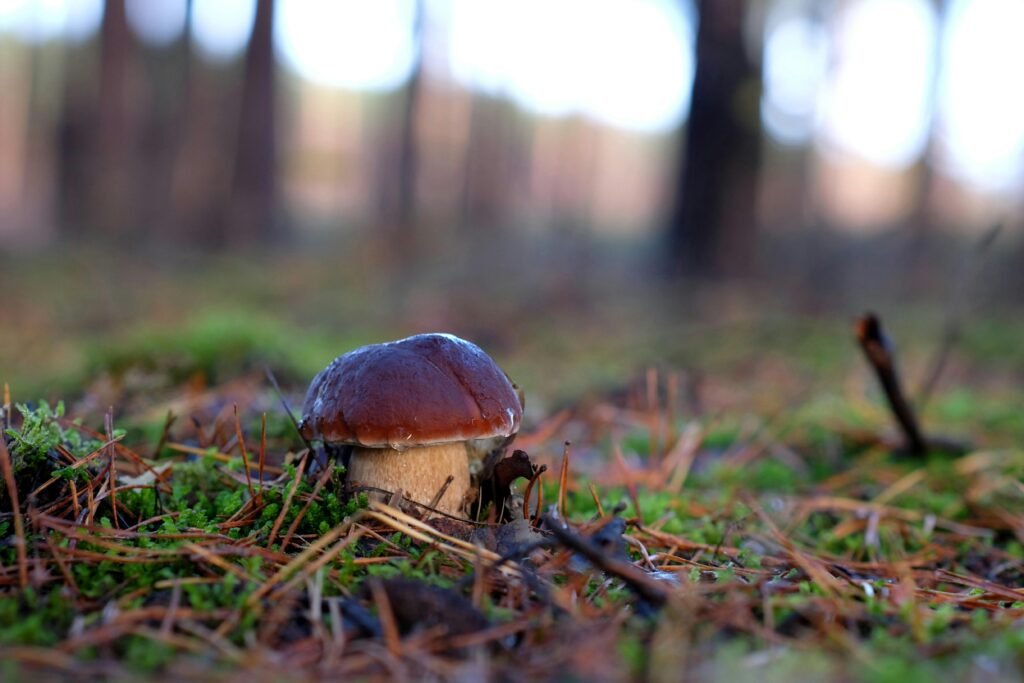
Visual Inspection
When determining if a mushroom is safe to eat, one of the first steps is to conduct a visual inspection. This involves carefully examining various characteristics of the mushroom to identify any potential red flags.
Color
The color of a mushroom can provide valuable clues about its safety for consumption. In general, a healthy and safe mushroom should exhibit a vibrant and consistent color throughout its cap and stem. Any discoloration, spotting, or unusual patterns in color could be an indication of possible toxicity or spoilage. It’s important to remember that while some edible mushrooms do have unique colorations, it is always wise to err on the side of caution and consult an expert if you are unsure.
Cap Shape
The shape of a mushroom’s cap can vary greatly between different species. While there is no specific cap shape that determines the edibility of a mushroom, it is still worth considering during the visual inspection. A well-formed cap that appears healthy, without any signs of decomposition or deformities, is generally a positive indication of a safe mushroom to eat.
Stem
Similar to the cap, the stem of a mushroom should be inspected for any abnormalities. A healthy stem should be firm, free from discoloration, and securely attached to the cap. Mushrooms with slimy or mushy stems should be avoided, as these are often signs of spoilage or potentially toxic compounds.
Gills
Examining the gills of a mushroom is an important step in determining its safety for consumption. Gills are the structures located on the underside of the cap, and their color, spacing, and attachment to the stem can provide useful information. For instance, some poisonous mushrooms may have gills that are a different color than those of similar edible species. It is essential to pay close attention to any abnormal colors, such as bright red or black gills, as these may indicate toxicity.
Bruising
Another aspect to consider during the visual inspection is the mushroom’s reaction to bruising. Some species will exhibit discoloration or bruising when their flesh is damaged or exposed to air. While bruising alone is not necessarily an indicator of toxicity, it should be viewed with caution. If a mushroom shows excessive or unusual bruising, it is advisable to consult an expert or utilize further testing methods to ensure its safety.
Smell Test
One of the simplest methods to assess the edibility of a mushroom is by conducting a smell test. The aroma emitted by a mushroom can reveal valuable information about its quality and potential toxicity. A fresh and safe mushroom typically has a pleasant, earthy scent. However, if a mushroom emits any foul or pungent odors, it is a strong indication of spoilage or poisonous compounds. Trust your senses – if something smells off or unpleasant, it is best to refrain from consuming the mushroom.
Mushroom Expert Consultation
If you are unsure about the safety of a particular mushroom, seeking the advice of a mushroom expert is highly recommended. These experts possess in-depth knowledge and experience with various mushroom species, allowing them to identify potential dangers accurately. They can assist in identifying your mushroom specimen and guide you through the evaluation process. Local mycological societies, experienced foragers, or even knowledgeable individuals within your community can provide valuable insights and support.
Online Identification Resources
The evolution of technology has opened up a world of online resources that can aid in identifying mushrooms. From mycology forums to dedicated websites and even specialized identification apps, these platforms offer valuable information and expert opinions on mushroom identification.
Mycology Forums
Mycology forums are online communities where enthusiasts and experts gather to discuss various aspects of mushrooms, including identification. These forums provide a platform for individuals to share photos, descriptions, and even samples for analysis. Engaging with fellow members and seeking their expertise can be incredibly helpful in determining the safety of a mushroom. Remember to provide clear and detailed information about the mushroom in question to receive accurate feedback.
Websites
Numerous websites are dedicated to mushroom identification and edibility, with comprehensive databases and resources available for reference. These websites often feature detailed descriptions, photographs, and even interactive guides to assist in the identification process. While using these websites, exercise caution and cross-reference multiple sources to ensure accuracy.
Apps
With the rise of smartphone technology, mushroom identification apps have become increasingly popular. These apps provide a convenient and portable solution for on-the-go identification. Utilizing image recognition software and extensive databases, these apps can help match your mushroom specimen with known species. However, it is important to remember that apps can only provide suggestions and should not be solely relied upon for determining the edibility of a mushroom. Always seek expert advice to validate your findings.
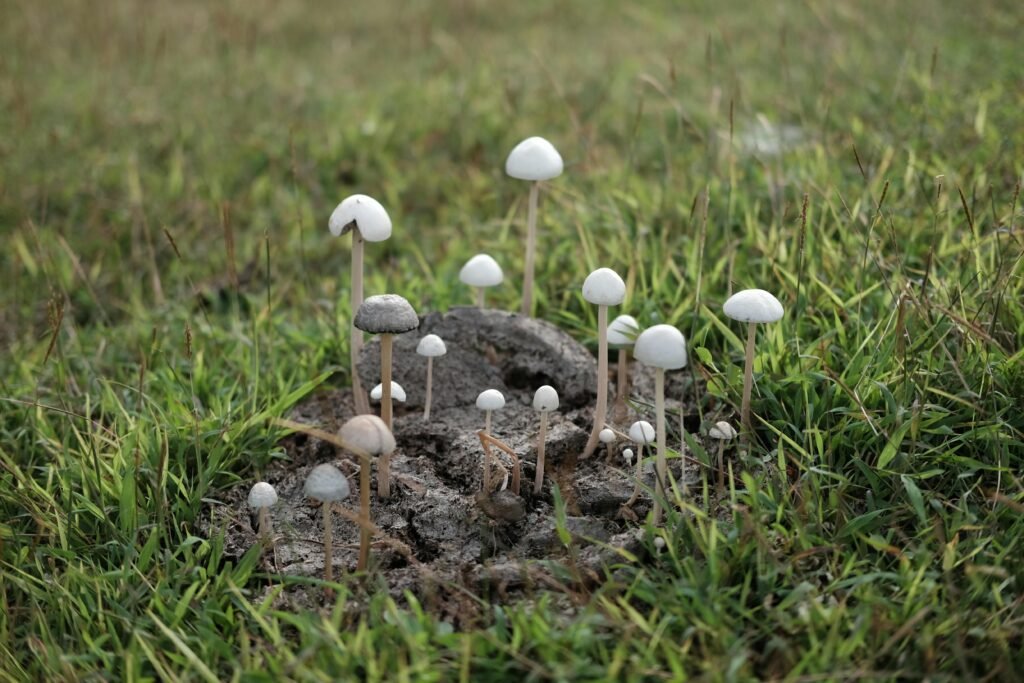
Chemical Reagents Test
For those seeking a more hands-on approach to mushroom safety testing, chemical reagents tests can be carried out. These tests involve the use of specific chemical solutions that can react with various compounds found in mushrooms, providing further insight into their toxicity or edibility.
KOH Test
One commonly used chemical test is the potassium hydroxide (KOH) test. This test involves applying a solution of KOH to a small section of the mushroom’s flesh and observing the reaction. KOH will cause certain species, such as those containing psilocybin, to turn blue or green due to the presence of indole compounds. While the KOH test can provide valuable information, it is essential to note that it may not detect all potentially toxic compounds. Therefore, it is still recommended to combine this test with other methods or consulting an expert.
Ammonia Test
The ammonia test is another chemical reagent test that can be conducted to assess mushroom edibility. Similar to the KOH test, this test involves applying a solution of ammonia to a small portion of the mushroom and observing the reaction. Some species will undergo a color change when exposed to ammonia, indicating the presence of certain compounds. It is crucial to exercise caution when using this test, as it has limitations and cannot guarantee the absence of other toxic compounds.
Spore Print
A spore print is a simple yet effective technique used to aid in mushroom identification and determine edibility. When mushrooms release their spores, they leave behind a distinct pattern on a surface beneath them, which can be captured as a spore print. To obtain a spore print, place the cap of the mushroom, gills facing down, onto a clean sheet of paper or glass. Cover the mushroom loosely and allow it to sit undisturbed for several hours or overnight. The spores will drop onto the surface, creating a visual representation of their color and texture. Comparing the spore print to known references or expert advice can help in confirming the identity of the mushroom and evaluating its edibility.
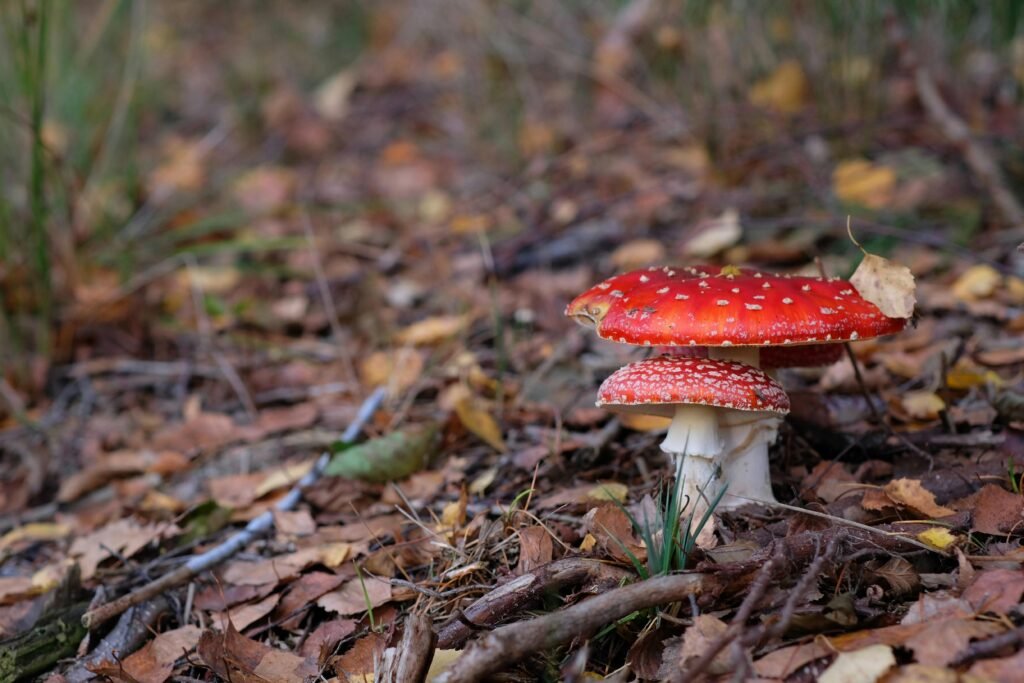
Toxicity Guide
Consulting a toxicity guide is a valuable step to determine the safety of a mushroom. These guides provide comprehensive information on different species, highlighting their known toxicity levels, potential health risks, and any known side effects. It is important to refer to reputable sources and ensure the information is up to date. Some toxicity guides may categorize mushrooms as edible, unknown, or toxic, allowing you to make informed decisions about consuming them.
Gradual Consumption
If you are unsure about the safety of a particular mushroom species but it is known to be consumed by others without adverse effects, gradual consumption can be a cautious approach. Begin by consuming a small portion of the mushroom, preferably cooked, and wait for at least 24 hours to observe any potential reactions. If no adverse symptoms occur, gradually increase the amount consumed over time. It is important to note that not all toxic compounds present in certain mushrooms produce immediate symptoms, making this method of consumption a potentially risky endeavor. It is always best to err on the side of caution and consult experts or conduct further tests if possible.
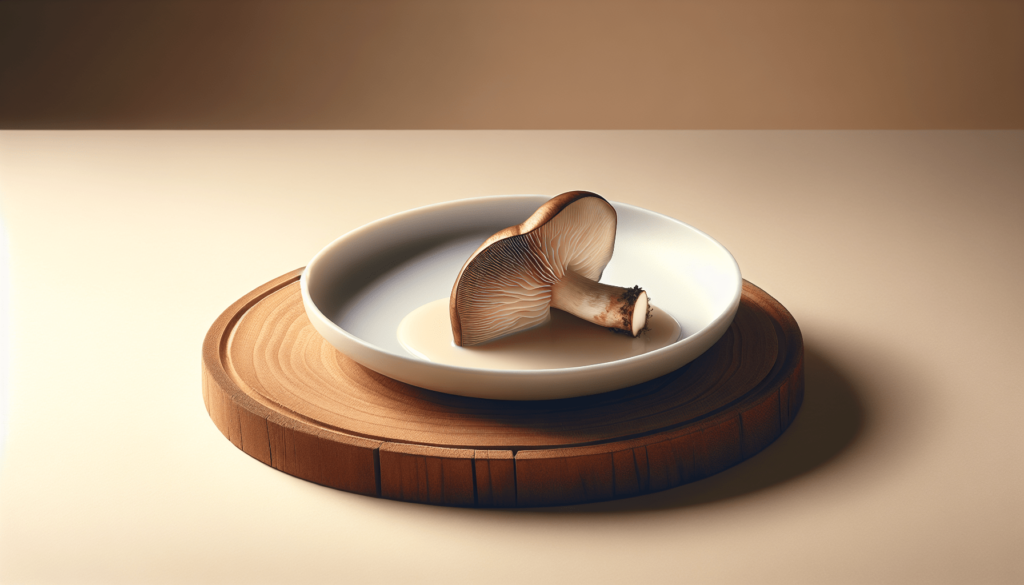
History of Safe Consumption
In some cases, the safety of consuming a mushroom can be determined by its history of safe consumption. Many edible mushroom species have been consumed by various cultures for centuries, with a wealth of traditional knowledge and expertise passed down through generations. By researching the cultural usage and history of a particular mushroom, especially within your own region, you can gain insights into its safety for consumption. It is important to note that not all mushrooms with a long history of consumption can be considered safe for everyone. Individual tolerance and allergies can still play a role, so cautiously approach new species even if they have a long-standing history of safe consumption.
Lab Analysis
For those seeking the most accurate and reliable results, lab analysis through DNA sequencing and chemical profiling can be employed. These methods involve advanced scientific techniques to analyze the genetic makeup and chemical composition of a mushroom.
DNA Sequencing
DNA sequencing allows for the identification of specific genetic markers within a mushroom. By comparing these markers to a comprehensive database, experts can accurately determine the species and potential toxicity of a mushroom. DNA sequencing provides highly accurate results and is particularly useful for distinguishing closely related species. This method, though highly reliable, is typically reserved for more complex cases due to its time-consuming and expensive nature.
Chemical Profiling
Chemical profiling involves the analysis of the chemical compounds present in a mushroom. Various techniques such as gas chromatography-mass spectrometry (GC-MS) and nuclear magnetic resonance (NMR) can be utilized to identify and quantify specific compounds. This method can help identify potentially toxic substances or compounds responsible for the unique flavor or medicinal properties of a mushroom. Chemical profiling is an effective tool in determining the edibility and potential health benefits or risks associated with consuming a particular mushroom.
In conclusion, testing the safety of a mushroom before consumption is vital to ensure your health and well-being. By conducting a visual inspection, utilizing smell tests, consulting experts, using online identification resources, employing chemical reagents tests, conducting spore prints, referring to toxicity guides, considering gradual consumption, researching the history of safe consumption, and even resorting to lab analysis, you can gather a comprehensive understanding of a mushroom’s edibility. Remember, when in doubt, it is best to seek professional guidance to ensure your safety.
